Better Flood Protection with LoRaWAN® and KWMSys
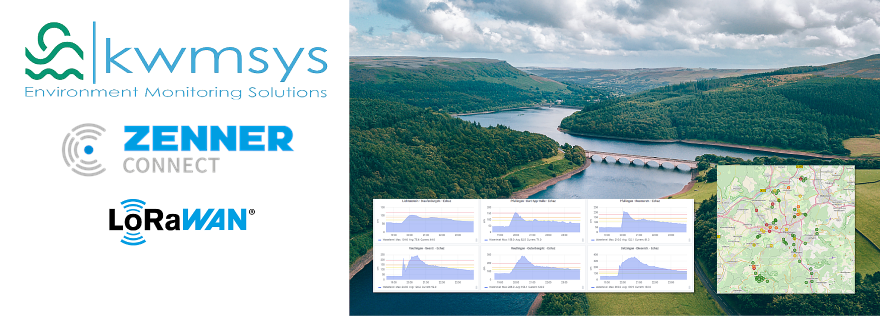
Last modified on 11th April, 2024
Unfortunately, heavy rain and flood events are becoming more frequent, affecting more and more people and causing more and more damage. Do you want to better protect the people in your municipality, city or region and be ideally prepared in an emergency? Our partner, KWMSys GmbH, has the right solution for you with its LoRaWAN® based heavy rain and flood monitoring . We will present this in more detail below using the Echaztal/Reutlingen implementation example. Find out what components it consists of and how they work together, why LoRaWAN® is primarily used as the transmission standard, who KWMSys GmbH actually is and what it all has to do with ZENNER Connect GmbH.
KWMSys Flood Monitoring at the Example of Echaztal/Reutlingen
The KWMSys heavy rain and flood monitoring was established in the Echaztal near Reutlingen after a severe flood in cooperation with the members of the Echaztal flood partnership as part of a holistic flood protection concept. Basically it consists of the following components:
- IoT sensors for data collection at critical measuring points
- IoT gateways and LoRaWAN® network for data transmission
- IoT platforms for data processing and forwarding
- End applications for data visualization, evaluation and alarm
- Full service from KWMSys
Before we go into detail about these and their interaction, here is a short video in which the Reutlingen fire department explains the Echaztal project from their point of view:
IoT Sensors for Data Collection at critical Measuring Points
The first component is LoRaWAN® based battery-operated IoT sensors. They are used to collect the required data at the critical measuring points. In the Echaztal this means above all:
- Monitoring of the Echaz water levels using more than 50 water level sensors, with the number continuing to rise
- Monitoring of the critical tributaries of the Echaz according to the existing heavy rain hazard map
The data obtained with the help of the sensors ultimately become effective in all phases of an (impending) heavy rain/flood event:
In phase 1, before the actual event, they can be used to make assessments of the impending danger and the expected damage potential, alert emergency services at an early stage and make initial decisions on a sound basis.
In phase 2, i.e. during the event, the emergency services can identify rain and flood hotspots, compare them with emergency calls from citizens and thus plan, coordinate and monitor the further operation in the best possible way.
In phase 3, i.e. after the event, the sensor data also support the assessment of damage, the estimation of further danger potential and the coordination of clean-up work.
LoRaWAN® as Primary Transmission Standard
LoRaWAN® is used as the primary radio transmission standard for heavy rain and flood monitoring due to its various advantages. These include the following in particular:
- Energy-efficient data transmission over long distances (under ideal conditions up to 10 km) = very long operating time of the sensors used with just a single battery charge (under ideal conditions and depending on the sensor even up to 10 years) = low maintenance and cost savings
- Maximum self-sufficiency in the measurement data acquisition through battery-operated devices = no dependence on existing infrastructure at the measuring points
- Cost efficiency of sensors and independence from infrastructure = establishment of a denser measurement network possible
- Encrypted data transmission (AES128 standard) even over obstacles that inhibit reception
- License-free frequency bands for data transmission = no dependence on additional mobile phone providers and existing mobile phone reception = cost savings and network development even in very remote areas
- Simple, fast and cost-effective network expansion through additional gateways
Redundant Transmission Paths for maximum Availability
With LoRaWAN® very good availability is usually achieved for flood monitoring. However, it is possible to use additional transmission standards such as NB-IoT for particularly critical measuring points and to combine different sensor types. This creates redundancies and increases availability to almost 100%. This means that if transmission at a measuring point is not possible, for example via LoRaWAN® sensors, it can simply be done via the redundant NB-IoT sensors.
IoT Gateways and LoRaWAN® Network for Data Transmission
To transmit the sensor data via LoRaWAN® suitable receiving units and a corresponding network are required, which form the second component. This is achieved by setting up ZENNER IoT gateways at suitable points in the catchment area. The gateways are preconfigured and integrated into the ZENNER Connect LoRaWAN® EUROPE network. Although they require a fixed power source, their long range means that it can be located far away from the actual measuring points. The gateways receive the measurement data and forward it to the ZENNER Datahub, the central IoT platform of the ZENNER Connect network.
IoT Platforms for Data Processing and Forwarding
The data forwarded by the gateways must be further processed by IoT platforms, which represent the third building block. In this case, they are forwarded to the KWMSys Cloud by the ZENNER Datahub, which serves as a data hub, so to speak. There, among other things, the measured values are calculated, which are composed of the individual parameters of several sensors, and individual threshold values can be configured for these. If no other customer system is used, as in this case (see below), this is also used to set up notifications when the set threshold values are exceeded or not reached, for example via SMS or email.
End Applications for Data Visualization, Evaluation and Alerting
The fourth component of the monitoring is the end applications, in which the data can be attractively visualized and evaluated. This can either be the frontend developed specifically by KWMSys or another customer system from third-party providers, such as in this case the widely used flood information and warning system “Fliwas 3”. Fliwas brings together all information on flooding in one central location and is the system used throughout Baden-Württemberg. However, the integration is also possible into any other customer system. If required, the visualization dashboard specially developed by KWMSys can also be integrated into this.
Here are two example views from the dashboard:

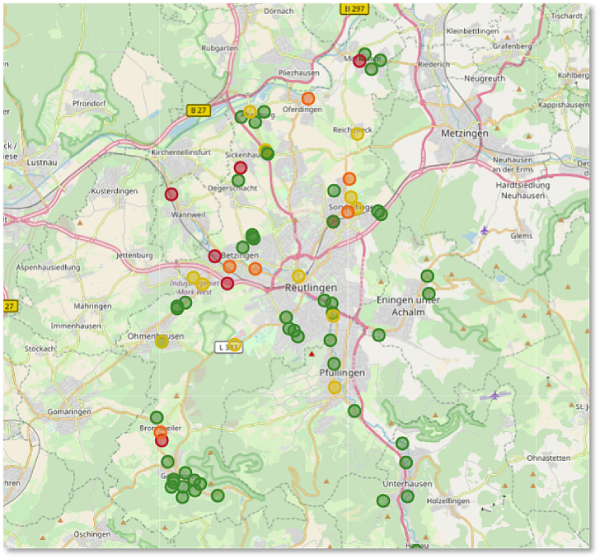
As far as setting up and sending alerts in the event of critical developments is concerned, depending on your own preferences and requirements, this is done either directly via the KWMSys Cloud, as already mentioned, or via a customer system such as Fliwas.
The following graphic shows the various components of the KWMSys heavy rain and flood monitoring at a glance:
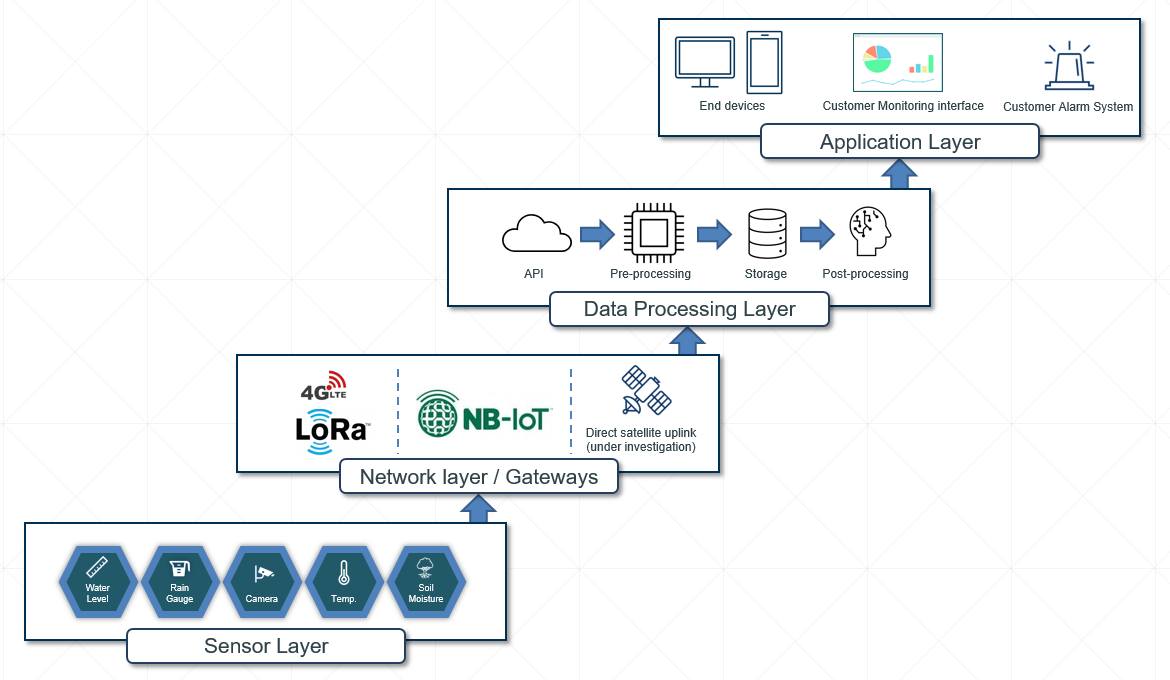
Full Service of KWMSys
The components described above are ultimately part of the comprehensive KWMSys full service. In concrete terms, this means: Available as a subscription, the KWMSys service offering covers the entire process as a complete solution, from individual project consulting and planning to the installation and setup of the measuring points, visualization of the measured values and maintenance of the monitoring system. Thanks to the “full-stack” approach, full control over all critical components is guaranteed at all times. In addition, KWMSys supports the integration of such monitoring into a holistic flood protection concept, as in this case in the Echaztal flood partnership mentioned above. Flood or heavy rain monitoring does not represent a complete solution in itself, but rather provides the data-based basis for identifying dangerous situations at an early stage and taking timely action.
More about KWMSys GmbH
If you are still wondering who exactly KWMSys is: KWMSys GmbH is a young and up-and-coming german company based in Remseck am Neckar, northeast of the Baden-Württemberg state capital Stuttgart. The 5-person highly specialized team offers its customers intelligent environmental monitoring solutions as a full service, i.e. monitoring solutions for environmental data and critical infrastructure. A central goal of KWMSys is to provide all cities and municipalities with highly available, yet cost-effective heavy rain and flood monitoring and to create an overall network. Natural forces such as heavy rain or flooding know no city or municipal boundaries. The current catchment areas of KWMSys are: Germany, the Alpine region DACH and Benelux.



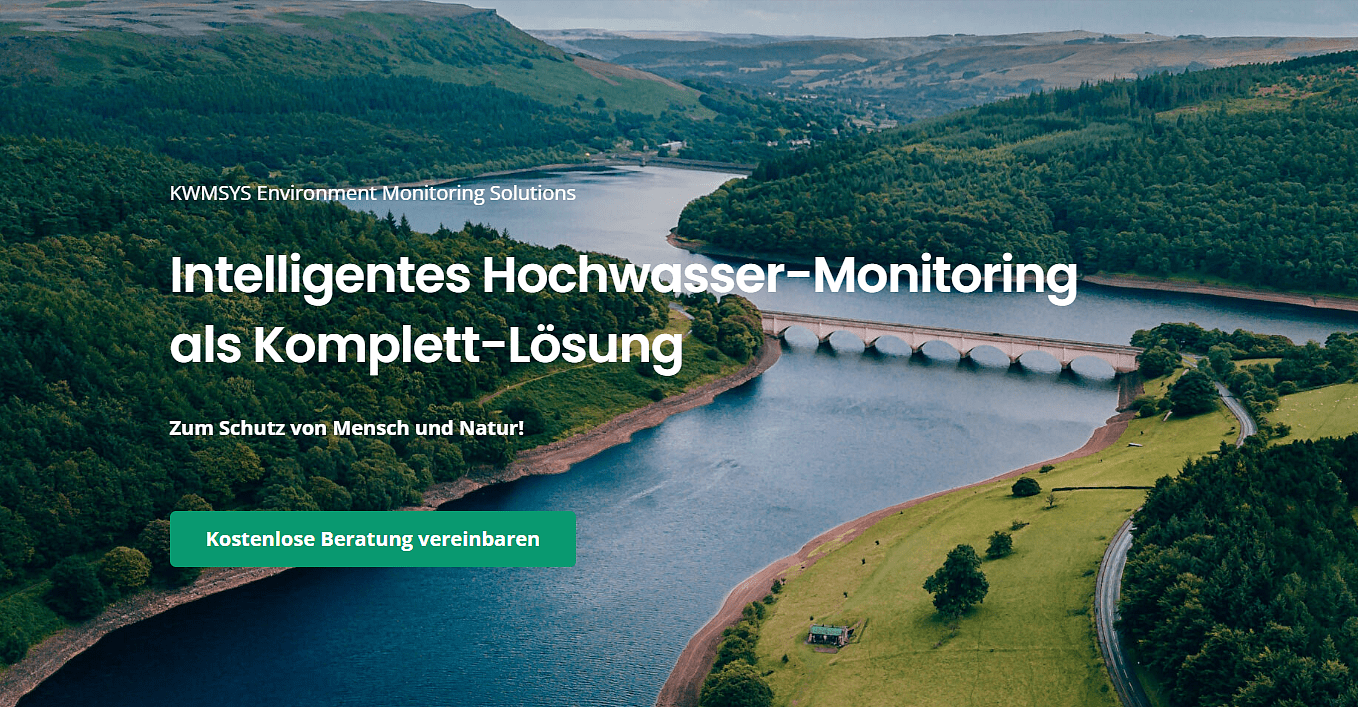
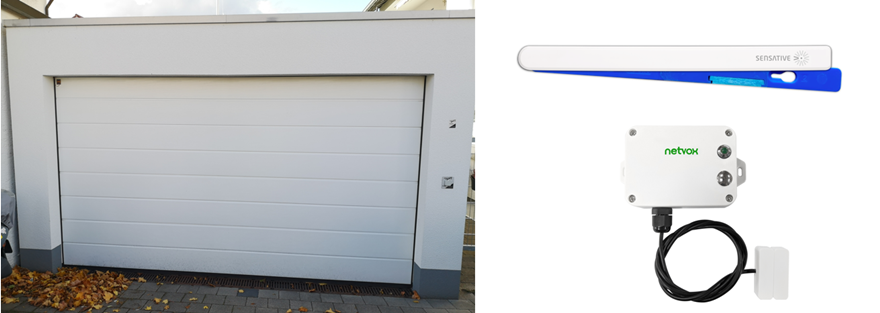
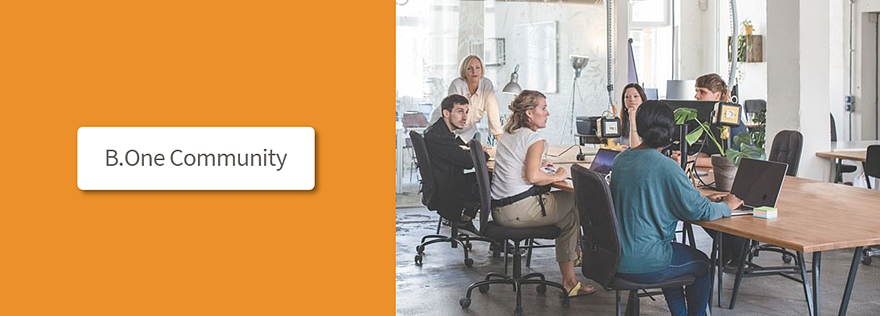
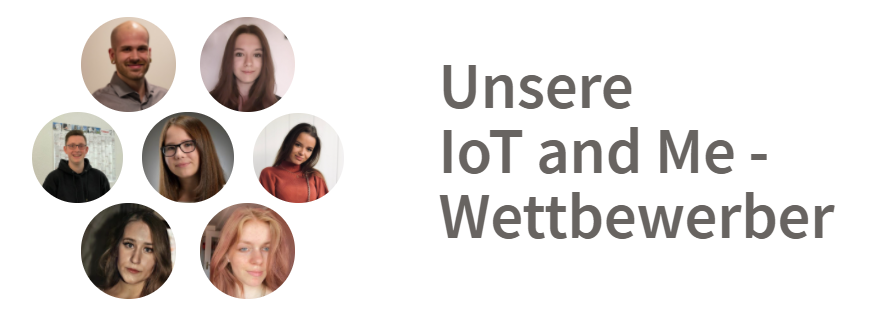
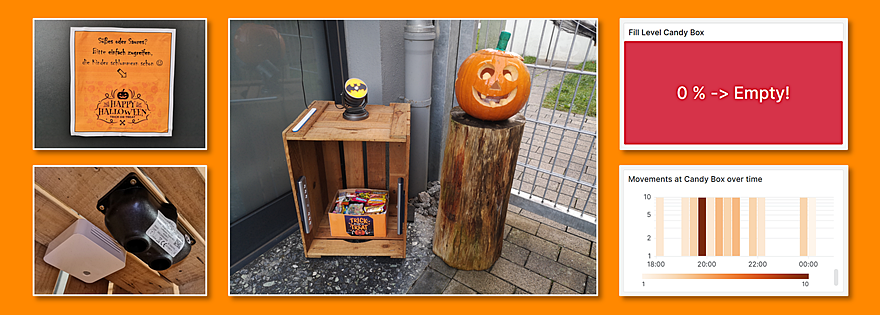
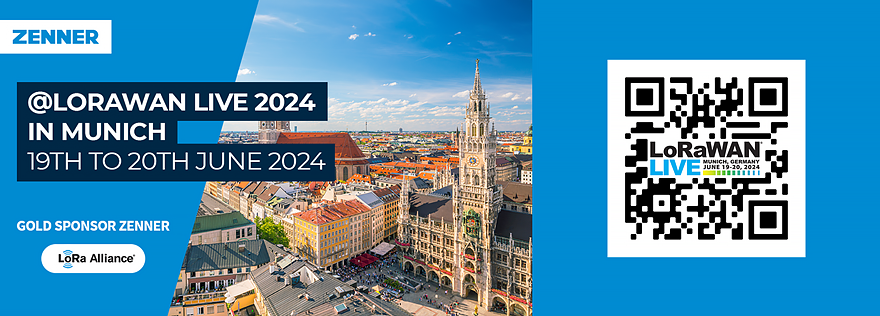
Responses